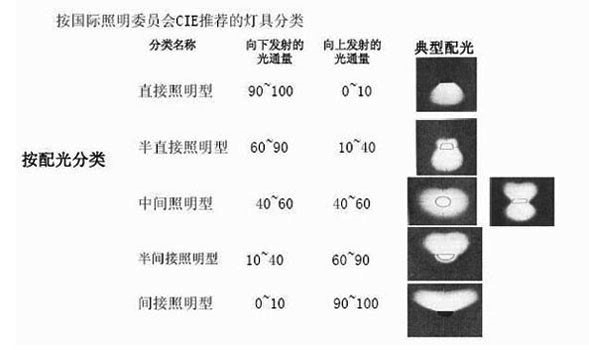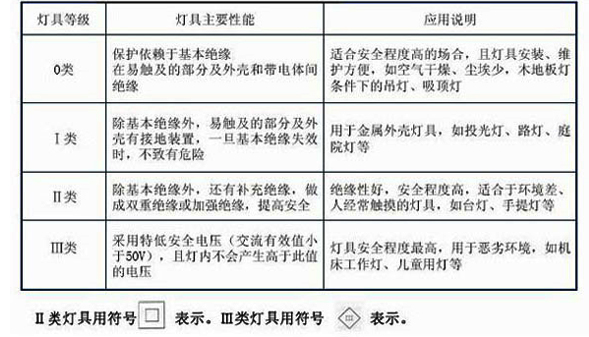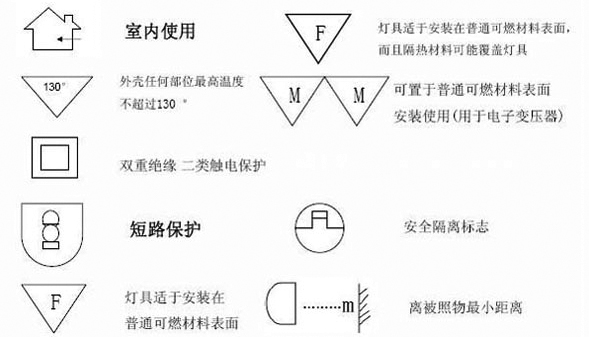
1. The nature of light
Light travels in the form of electromagnetic waves. The essence of light is electromagnetic waves that can be felt by people's eyes. Visible light: part of the radiant energy emitted by the light source, that is, the radiant energy that can produce vision. The visible light ranging from 380nm to 780nm can be seen by the naked eye; the range from 100nm to 380nm is ultraviolet, X-ray, and cosmic rays. Ultraviolet light can cause pain and is invisible light. The range above 780nm is infrared light, radio, etc. Infrared light can cause burning sensation and is invisible light.
2. Luminous flux (lumens Lm)
Luminous flux is a parameter that describes the total amount of light emitted by a light source.
3. Luminous efficiency
It is the ratio of luminous flux to electric power consumed (lm/w), which is a measure of the economic performance of a light source. The higher the light efficiency, the more energy-saving.
4. Luminous intensity
Luminous intensity is a parameter that describes the size of the luminous flux radiated in a specific direction. It is useful when measuring directional lighting fixtures like reflectors. It is expressed by a light distribution curve describing the spatial light intensity distribution.
5. Illuminance (Unit: Lux)
Illuminance is a parameter that describes the luminous flux illuminating a certain surface.

6. Brightness (abbreviation: L unit: cd/m2)
Degree is the only basic lighting parameter perceivable by the eye. It determines the brightness of the surface and basically depends on the reflective properties (brightness and color) of the surface.
7. Luminous flux angle:
The angle of the light of the lamp. The larger the beam angle of the lamp cup of the same power, the smaller the central light intensity, and the wider and softer the light spot. On the contrary, the smaller the beam angle, the greater the central light intensity, and the narrower and more rigid the light spot.
8. Lamp efficiency:
The ratio of the output luminous flux of the lamp to the output luminous flux of the light source.
9. Life:
The time when 50% of the lamps fail (average life); refers to the time when the luminous flux is only 50% of the initial luminous flux (single light source life).
10. Light decay:
The process in which the luminous flux decreases over time during the use of the light source.
11. Power factor:
The ratio of the actual power to the apparent power of the appliance. (Apparent power includes active power and reactive power)
12. Color temperature (unit: K)
The color of light. When a standard black body is heated to a certain temperature, it starts to emit dark light. When the temperature rises again, the color of the light becomes yellow-white, white, and blue-white. We call the black body emits a certain color of light at a certain temperature as the color temperature of that light.
Warm color light: The color temperature is below 3300K. There are more red components, this light color can give people a warm, healthy and comfortable feeling. Mainly used in families, dormitories, hotels, hotels and colder places.
Intermediate color: soft light with a color temperature of 3300K~~5300K, giving people a pleasant, comfortable and peaceful feeling. Mainly used in commercial places, restaurants, learning, etc.
Cool color light: The color temperature is above 5300K. It is close to natural light and has a bright feeling, allowing people to concentrate and clean. Used in offices, hospitals, etc.
13. Color rendering
The color rendering index of a light source is the true degree to which the color of a colored object is illuminated by the light emitted by the light source; Ra represents.
•Incandescent lamp: 100 (perfect)
•Halogen lamp: 100 (perfect)
•Tri-color fluorescent lamp: 80-90 (outstanding)
•Metal halide tube: 80-90 (excellent)
•Ordinary fluorescent lamp: 40-65 (poor, average)
•LED:70-75
14.Glare All the discomfort that makes people feel uncomfortable with the light source is collectively called glare. The reasons for glare include installation position, height, and position of human eyes. According to the cause, there are direct glare and indirect glare.
15.Lighting method

16. Lamp protection grade (IP grade)


17. Anti-shock level

18. Marking of common lamps and lanterns
